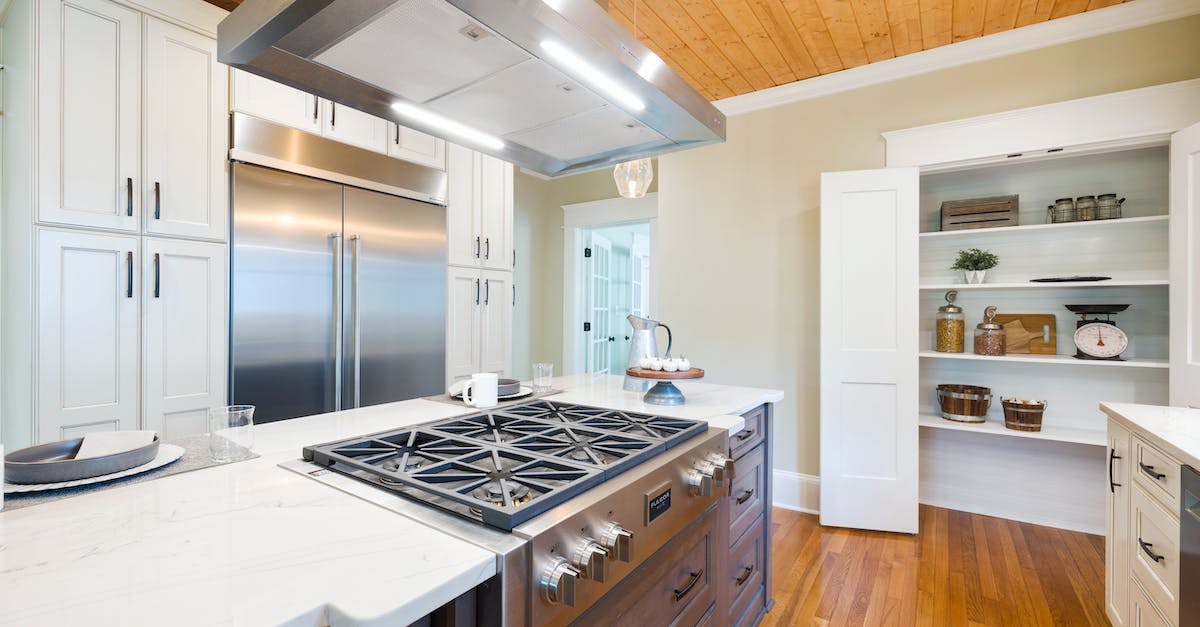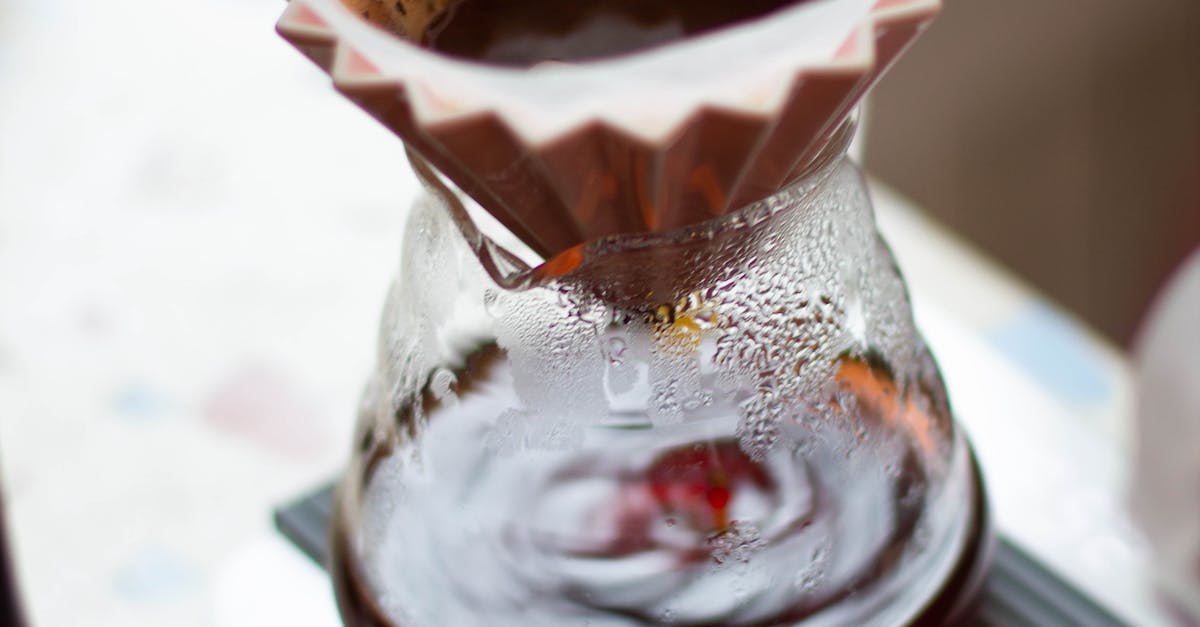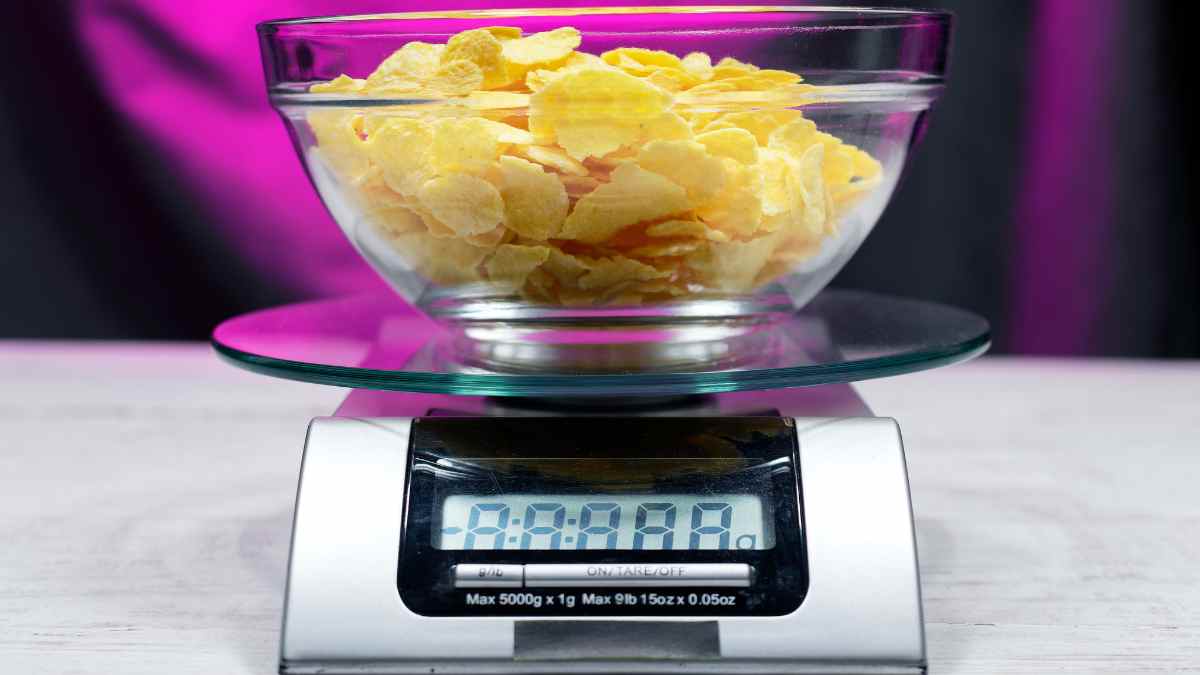Attention all kitchen connoisseurs and food lovers! If you’re looking to take your cooking to the next level, it’s time to invest in a trusty kitchen scale. Trust me, once you start weighing your ingredients, you’ll wonder how you ever managed without it.
I’ll admit it, I’m a bit of a kitchen scale enthusiast. There’s just something so satisfying about precisely measuring out your ingredients before creating a culinary masterpiece. Not only does it guarantee consistency in your dishes, but it also takes the guesswork out of cooking. No more second-guessing whether you added too much salt or not enough flour.
But don’t let the word “scale” intimidate you. Using a kitchen scale is easier than you think. Plus, it opens up a whole new world of recipes that require exact measurements. From perfectly fluffy pancakes to melt-in-your-mouth macarons, a kitchen scale is your secret weapon.
So, I challenge you to try out a kitchen scale next time you whip up a batch of cookies or bake a cake. Who knows, it may just change the way you cook forever. Happy weighing!
Why Use a Kitchen Scale

Gone are the days of measuring ingredients by volume or eyeballing them. Here are some reasons why you should be using a kitchen scale in your cooking and baking:
- Accuracy: Using a kitchen scale ensures accurate measurements, which is essential when it comes to baking. The difference between too little or too much flour can mean the difference between a perfectly risen cake and a dense, flat one.
- Consistency: When you measure ingredients by volume, you are essentially measuring the space that the ingredient occupies in a measuring cup. This can vary depending on how tightly packed the ingredient is. When using a kitchen scale, you are measuring the exact weight of the ingredient, ensuring consistency in your cooking and baking.
- Efficiency: Using a kitchen scale allows you to measure ingredients quickly and efficiently, especially when you are working with multiple ingredients that require precise measurements. This means less time wasted measuring and more time creating delicious recipes.
- Portion control: A kitchen scale is also great for portion control, especially if you are trying to maintain a healthy diet. By weighing your food, you can ensure that you are eating the right amount, which can help with weight management and lead to a healthier lifestyle.
- Cooking in metric: If you love trying out international recipes, you might find that some recipes use metric measurements instead of cups and tablespoons. A kitchen scale makes it easy to measure ingredients in grams and kilograms, allowing you to cook with ease and accuracy.
In conclusion, a kitchen scale is an essential tool for any home cook or baker. It ensures accuracy, consistency, efficiency, portion control and facilitates cooking in metric. So, get yourself a good kitchen scale and elevate your cooking and baking game!
Choosing the Right Kitchen Scale

When it comes to baking and cooking, accuracy is key to achieving the perfect result. A kitchen scale can be a valuable tool in achieving that accuracy. However, with so many different types and brands of kitchen scales on the market, it can be overwhelming to choose the right one. Here are some tips to help you choose the right kitchen scale for your needs:
- Type of scale: There are two types of scales: digital and analog. Digital scales are more precise and easier to read, but require batteries. Analog scales are less precise and harder to read, but they don’t require batteries. Consider your personal preferences and needs when choosing between the two.
- Weight capacity: Consider the weight capacity of the scale in relation to what you will be using it for. If you plan on using it for large quantities of ingredients, you will need a scale with a higher weight capacity.
- Units of measurement: Make sure the scale offers the units of measurement you need. Most scales offer both metric and imperial units, but double-check to make sure.
- Bowl or platform: Some scales come with a bowl or platform to weigh ingredients on. Consider whether you need this feature or not.
- Size: Consider the size of the scale in relation to your kitchen. If you have limited counter space, you may want to opt for a smaller scale.
- Brand and price: Consider the brand and price of the scale in relation to your budget. While a more expensive scale may offer more features and be of higher quality, a less expensive scale may still meet your needs.
By considering these factors, you can choose the right kitchen scale for your needs and start using it to achieve accurate and delicious results in the kitchen.
Understanding the Measurement Units

One of the most important aspects of using a kitchen scale is understanding the different measurement units and how they work. Here are some tips to help you master this aspect of using your kitchen scale:
- Always check your units: Before you start measuring, make sure you know which units your scale is using. Some scales may measure in pounds, ounces, or grams, so it’s important to know what you’re measuring in.
- Familiarize yourself with conversions: If you’re using a recipe that measures ingredients in a different unit than what your scale measures in, make sure you know how to convert units correctly. For example, 16 ounces is equal to one pound, so if your recipe calls for 8 ounces of flour but your scale measures in grams, you’ll need to convert the measurement.
- Pay attention to decimals: Many scales will measure in decimals, such as 0.5 ounces or 2.3 grams. Make sure you’re paying attention to these decimals, as they can make a big difference in measuring out small quantities of ingredients.
- Use tare function: The tare function on your kitchen scale allows you to zero out the weight of a container or bowl before adding ingredients. This is especially helpful when measuring liquids or powders, as you can simply add them directly into the container without having to transfer them back and forth.
- Practice makes perfect: Becoming comfortable with measuring ingredients on a kitchen scale takes practice. Don’t worry if you make mistakes at first – just keep practicing and soon you’ll be a pro!
By following these tips and understanding the different measurement units, you’ll be able to use your kitchen scale with confidence and accuracy. Happy measuring!
How to Calibrate your Kitchen Scale

Calibrating your kitchen scale is essential to ensure accurate measurement of ingredients. Here are a few simple steps to help you calibrate your kitchen scale:
- Check the user manual: Firstly, refer to the user manual of your kitchen scale to determine the type of calibration required. The user manual will have instructions on how to calibrate your kitchen scale accurately.
- Use Calibration Weights: You can use calibration weights to calibrate your kitchen scale. You can purchase them online or from your local store. Ensure that the calibration weights you purchase match the weight capacity of your kitchen scale.
- Turn on the Scale and Place the Calibration Weights: Turn on the scale and place the calibration weight on the center of the scale. Allow the weight to settle on the scale and check the reading. The reading should match the weight of the calibration weight.
- Adjust the Scale: If the reading does not match, then adjust the scale accordingly by referring to the user manual. The user manual will have instructions on how to adjust the scale to match the calibration weight.
- Repeat the Process: Check the calibration of the scale by using different calibration weights with different weights. Ensure that all the readings match the calibration weight. Repeat the process until all the readings match.
Conclusion: Calibrating your kitchen scale is an important step to ensure accurate measurement of ingredients. By following these simple steps, you can calibrate your kitchen scale easily and accurately.
Tips for Accurate Measurements

- Weigh ingredients straight into the mixing bowl: Kitchen scales are extremely versatile and allow you to weigh your ingredients accurately and directly into your mixing bowl. This eliminates the need for multiple measuring cups and saves you time in the kitchen.
- Be precise: One of the major benefits of using a kitchen scale is precise measurements. When you’re baking, even a slight variation in measurement can affect the texture and taste of your final product. Be sure to weigh your ingredients accurately to achieve consistent results every time.
- Tare function: Most kitchen scales have a tare function that allows you to reset the scale to zero after placing a bowl or container on it. This makes it easy to weigh ingredients in multiple containers without having to constantly calculate the weight of the container itself.
- Use the correct units of measurement: Be sure to check which units of measurement your recipe uses. Most kitchen scales will allow you to switch between grams, ounces, and pounds. Use the correct unit to ensure accurate measurements.
- Clean your scale properly: Keeping your kitchen scale clean and free of debris is an important part of ensuring accurate measurements. Use a soft, dry cloth to wipe down your scale after each use and be careful not to apply too much pressure on the weighing platform. Avoid getting any liquids on the scale, as this can damage its sensitive components.
Cleaning and Maintenance of your Kitchen Scale

1. Clean the Scale After Each Use: It is important to wipe down the scale after each use to avoid any liquid or food residue causing harm to the scale’s electronics.
2. Be Gentle: When cleaning the scale, make sure to use a soft, damp cloth. Do not use harsh chemicals or abrasive cleaners as they can damage the surface of the scale.
3. Remove Batteries if Not in Use: If you are not going to be using the scale for a while, remove the batteries to avoid them leaking which could cause damage to the scale.
4. Store in a Dry, Cool Area: When not in use, make sure to store your kitchen scale in a dry, cool area to avoid any moisture or temperature changes that could affect its accuracy.
5. Re-Calibrate Regularly: Over time, the scale’s accuracy can be affected. To ensure accurate weighing, calibrate the scale regularly.
6. Use a Cover: Consider using a cover for your kitchen scale when not in use to protect it from any accidental spills or bumps. This will help maintain its accuracy and prolong the life of your kitchen scale.
Conclusion
And there you have it, folks! You are now officially a master of the kitchen scale! By following these simple steps and tips, you’ll be able to elevate your cooking game to a whole new level.
Think about it – you’ll no longer have to guess how much flour or sugar you’re adding to your recipes. You’ll be able to precisely measure out every ingredient, resulting in consistently delicious dishes every time.
Not to mention, with the rise of healthy eating and precise calorie counting, a kitchen scale is the perfect tool to help you achieve your dietary goals. No more overdoing it on the peanut butter – you’ll be able to measure out the perfect portion size every time.
So go forth, my fellow kitchen scale enthusiasts! Let’s continue to spread the word about the importance of precise measurements in the kitchen. Who knows, maybe we’ll start a movement. After all, there’s nothing more satisfying than a perfectly measured batch of cookies or a perfectly cooked piece of meat – am I right? Happy cooking!

